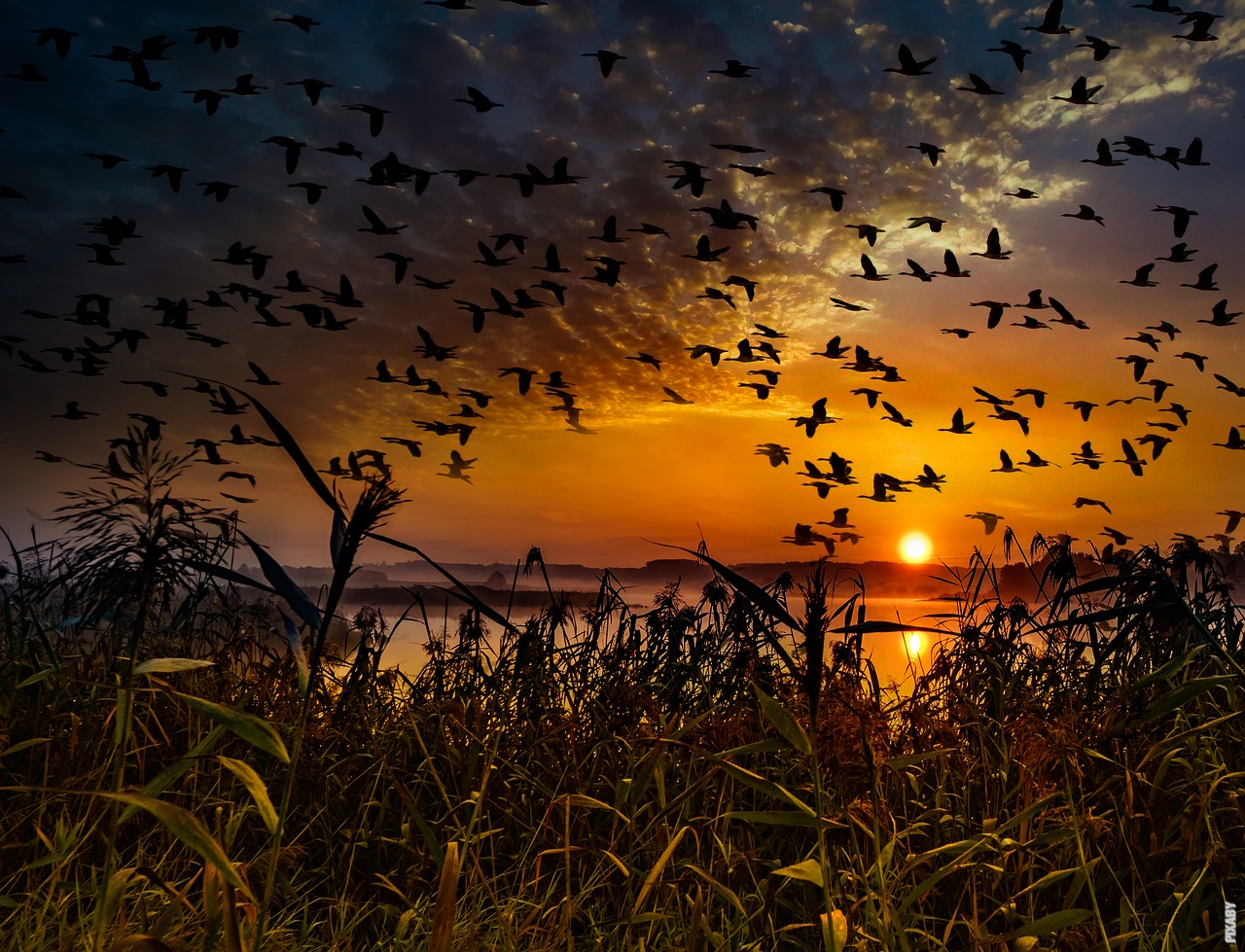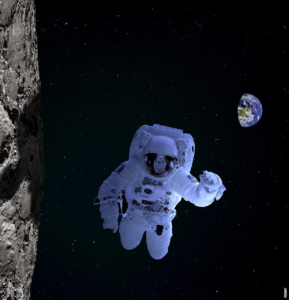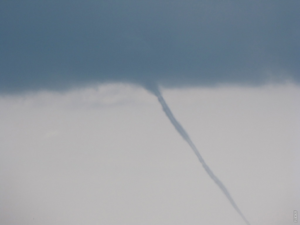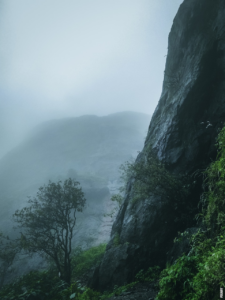The Mysterious Origins of Lakes
Have you ever wondered how lakes came to be? These mesmerizing bodies of water have captivated humans for centuries, but their origins remain shrouded in mystery. Join us on a journey as we unravel the secrets behind the formation of lakes.
The Birth of a Lake
One of the primary ways lakes form is through a process known as tectonic activity. When the Earth’s crust shifts and plates collide, depressions in the landscape are created. These depressions, often filled with water from rainfall or underground springs, give birth to lakes. Over time, these bodies of water evolve into unique ecosystems, supporting a diverse array of plant and animal life.
The Glacial Legacy
Another fascinating way lakes are formed is through the powerful forces of glaciers. During the last Ice Age, massive sheets of ice carved out deep basins, which later filled with water as the glaciers melted. These glacial lakes, such as the iconic Great Lakes of North America, are a testament to the immense power of nature.
Volcanic Origins
Did you know that volcanic activity also plays a role in lake formation? When a volcano erupts, it can create a crater that eventually fills with water, forming what is called a volcanic lake. These lakes often possess striking colors due to minerals and gases present in the volcanic region. One prime example is Crater Lake in Oregon, renowned for its intense blue hue.
Underground Mysteries
Not all lakes are visible on the surface. Some exist deep beneath the Earth’s surface, hidden from our view. These underground lakes, also known as subglacial lakes, are typically found in polar regions beneath layers of ice. Exploring these hidden wonders poses unique challenges, but scientists have managed to uncover their existence using advanced technology.
Post
Post
Man-Made Wonders
While nature takes the lead in lake formation, humans have also contributed to the creation of artificial lakes. These reservoirs, constructed for various purposes such as irrigation or hydropower, have transformed landscapes and provided valuable resources. The Hoover Dam in the United States is a remarkable example of human engineering giving rise to a vast man-made lake, Lake Mead.
The Diversity of Lakes
From the serene beauty of mountain lakes to the vast expanse of inland seas, lakes come in all shapes and sizes. They are found on every continent, serving as vital sources of freshwater and habitats for countless species. Exploring the diverse range of lakes around the world is an adventure that continues to inspire scientists, explorers, and nature enthusiasts alike.
Unlocking the Secrets
While we have uncovered some of the mysteries surrounding lake formation, there is still much to learn. Each lake holds its own unique story, shaped by the forces of nature over thousands or even millions of years. As we delve deeper into the study of lakes, we come one step closer to understanding the complex and captivating world of these enchanting bodies of water.



